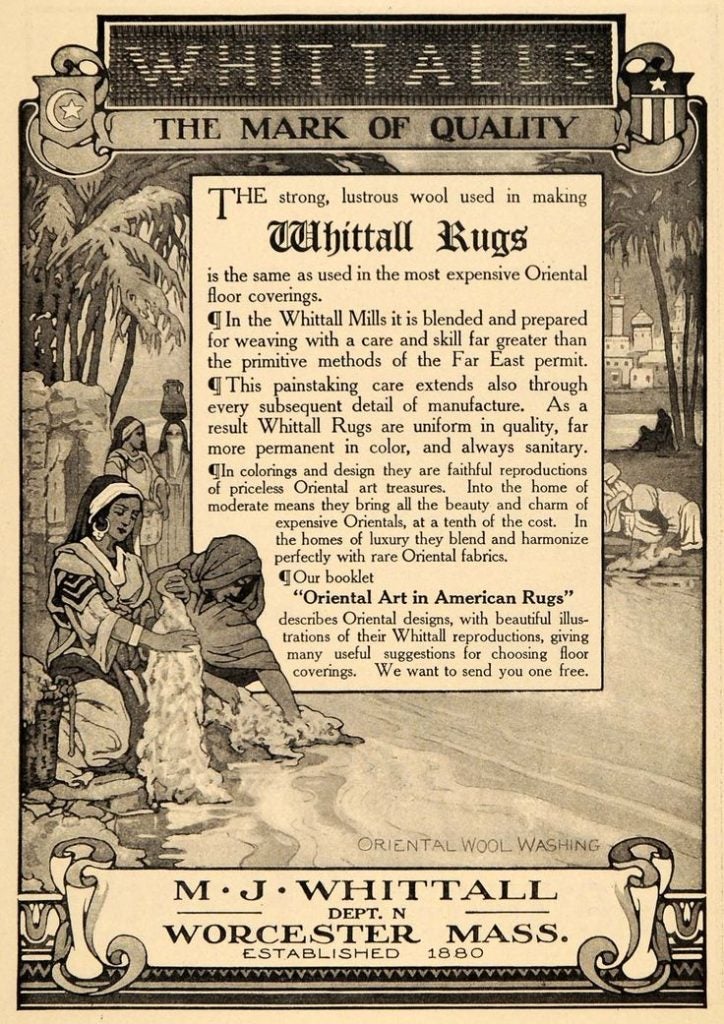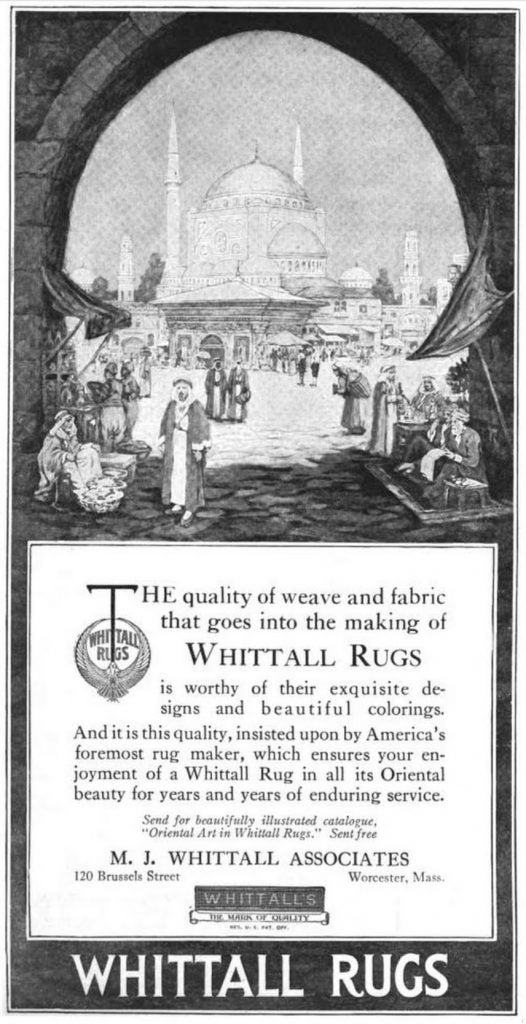As an overt and radical secular humanist, I also believe (to the point of exclusion) that, barring degradation and infirmity, we all have the autonomous ability to choose how we react to things. You would never hear me say “you made me feel this way or that way” because the agency for how I feel sits with me — a choice of free will (until someone convincingly demonstrates the ability for one mind to actually control the emotional state of another through some undisclosed psychic mechanism).
I will decide how I react, because it is always a choice under my control.
So given the choice about whether to celebrate life or mourn death? Well, take a guess.

Me, my mom, and my sister, in 2017.

Me, and my dad, in 2002.
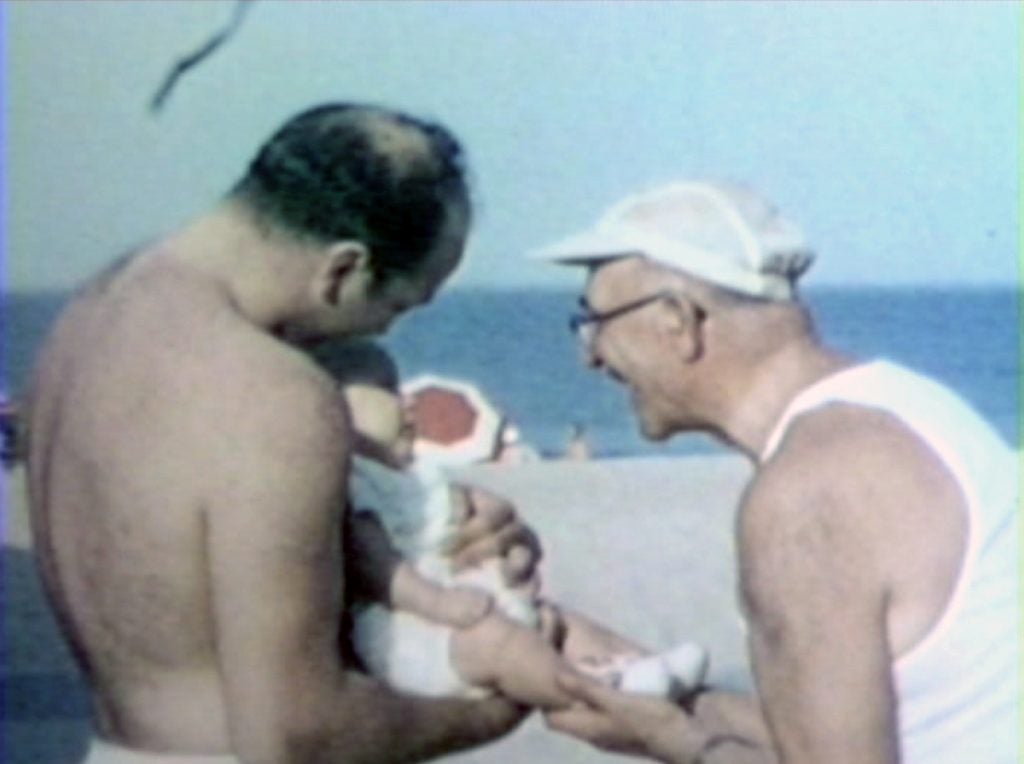 My dad, me, and his uncle Salvatore, in 1959.
My dad, me, and his uncle Salvatore, in 1959.

My dad and me in 1959.

My dad’s dad (Albert) and me, 1959.
Salvatore Coppola (1895-1982)
Albert Coppola (1904-1977)
Frank Coppola (1935-2009)
Shirley Coppola (1935-2017)
Brian Coppola (1957- … )


 “Thou Shalt Not Steal” (2005)
“Thou Shalt Not Steal” (2005)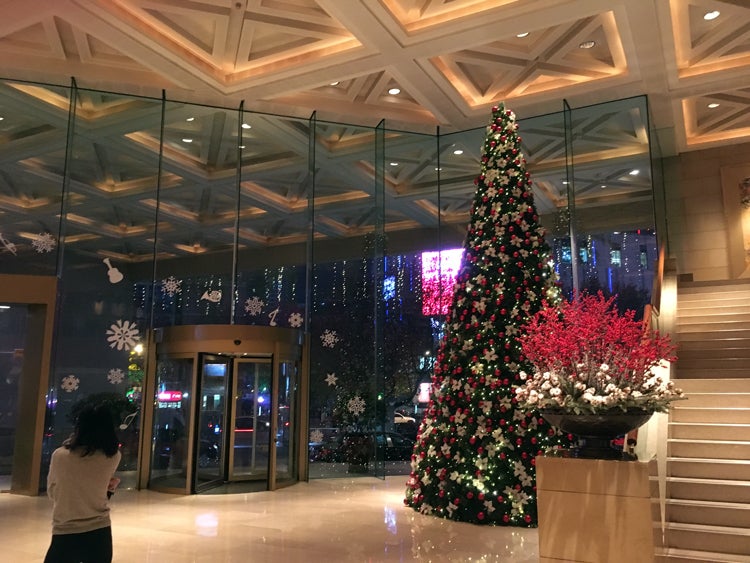





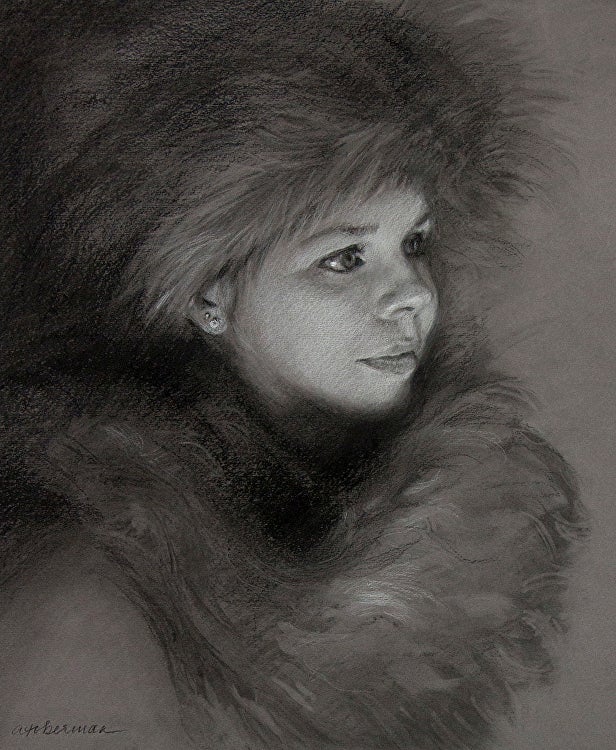 “Innocent” (2015)
“Innocent” (2015)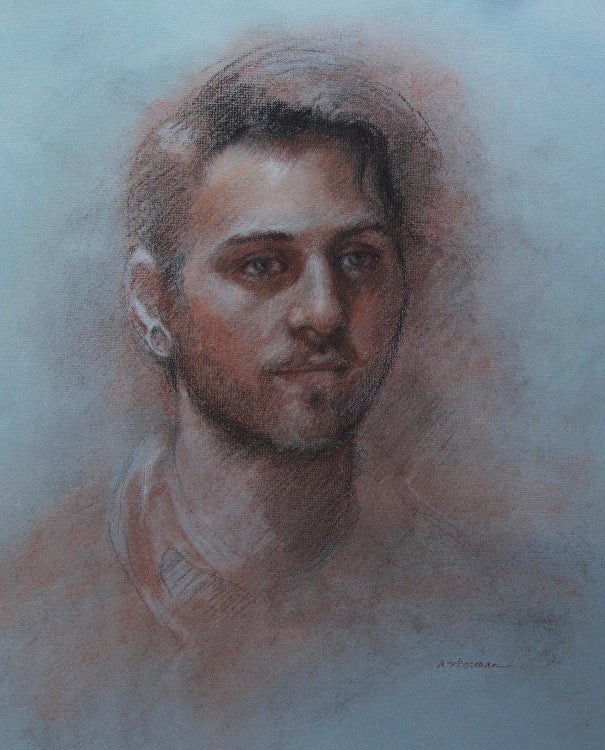 “Jeffrey” (2015)
“Jeffrey” (2015)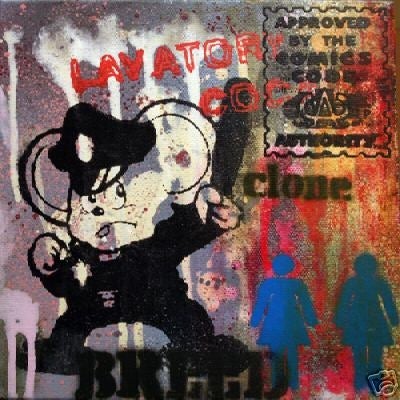
 “Uncanny X-Men 31 vol 3; pp 13-14” (2015)
“Uncanny X-Men 31 vol 3; pp 13-14” (2015) “Uncanny X-Men 31 vol 3; p 15” (2015)
“Uncanny X-Men 31 vol 3; p 15” (2015)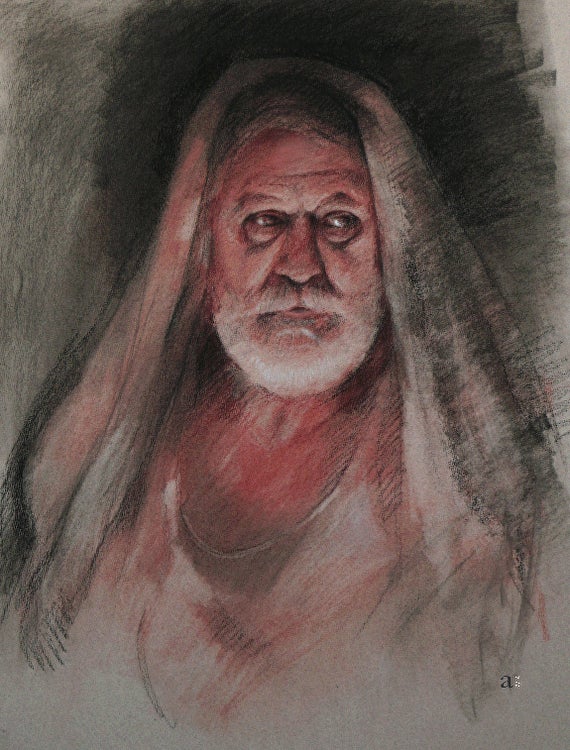 “The Sage” (2017)
“The Sage” (2017) “Winter Memory” (2016)
“Winter Memory” (2016)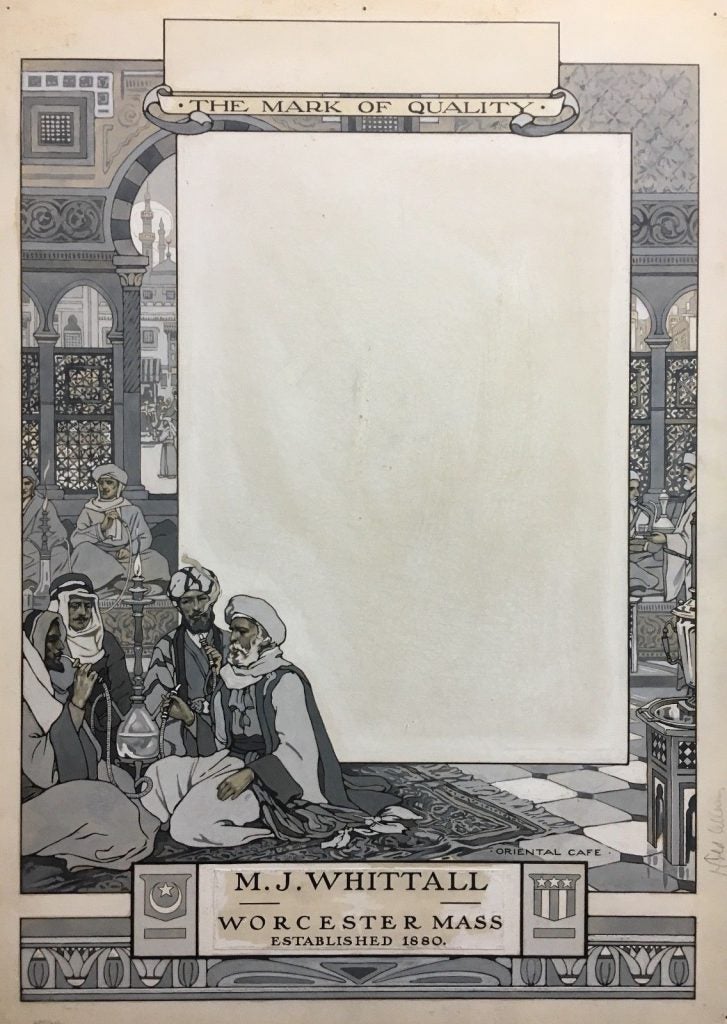 “Whittall Mills Advertisement” (ca. 1910)
“Whittall Mills Advertisement” (ca. 1910)